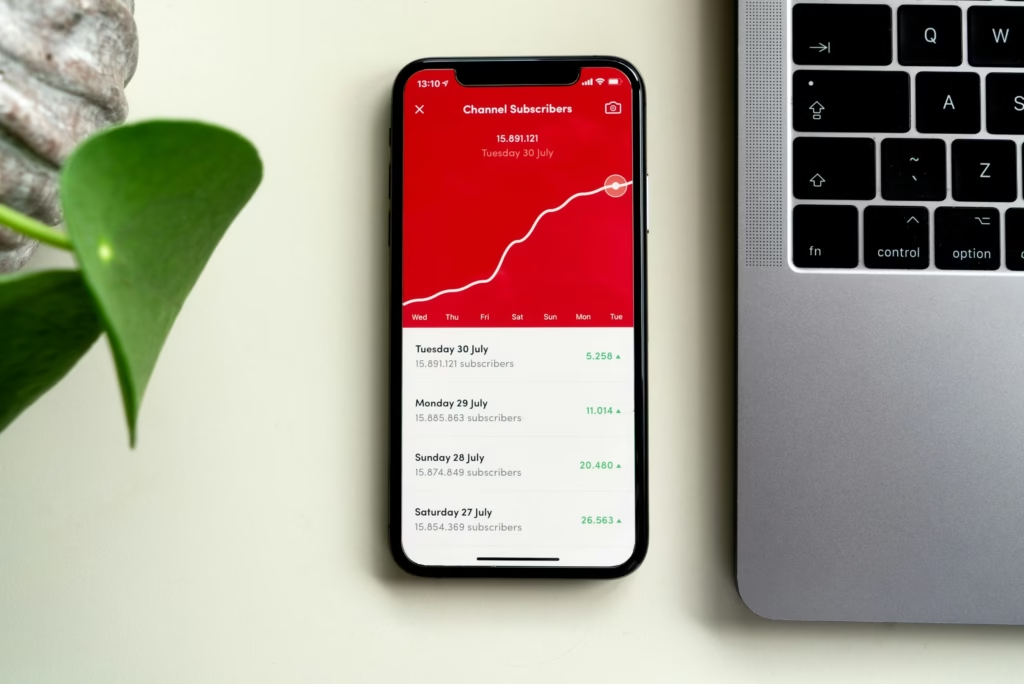I still remember the excitement of my first salary—₹25,000 credited into my account. Like many young professionals in India, I felt like I had “made it.” But by the 20th of every month, I was broke again. The culprit? Endless food orders, weekend shopping, and impulsive expenses – Smart Budgeting for Young Professionals in India .
This is a common story among young professionals. We step into the workforce with dreams of financial freedom but end up living paycheck-to-paycheck. That’s where Smart Budgeting for Young Professionals in India comes in.
Smart budgeting is not about being miserly. It’s about controlling your money so it doesn’t control you. If you’re in your 20s or early 30s, these years are the foundation of your financial future. A few good habits now can save you from years of money stress later.
This guide is a mix of practical advice + my personal experiences. From budgeting apps and SIPs to tax-saving tips and cashback cards, let’s dive into the real-world strategies that work in India.
🔑 Why Smart Budgeting Matters for Young Professionals
Most of us were never taught “money management” in school. We learned algebra, not how to handle a salary. But here’s why budgeting matters:
- Avoid Debt Traps: Easy loans, BNPL (Buy Now Pay Later), and credit cards can drown you if not managed wisely.
- Financial Freedom: Budgeting helps you save for things that matter—travel, marriage, a house, or even early retirement.
- Emergency Preparedness: Life is uncertain; medical emergencies or job loss can happen anytime.
- Wealth Creation: Investments like SIPs, mutual funds, and tax-saving schemes grow faster when you start early.
👉 Real story: In 2020, when COVID hit, many of my colleagues struggled because they had no savings. Those who had even a small emergency fund survived without stress. That’s when I truly realized budgeting isn’t optional—it’s survival.
Best Budgeting Apps for Indian Millennials
Tracking expenses manually in a diary never worked for me. That’s when I turned to apps. Today, there are several budgeting apps in India that make managing money effortless:
- Walnut: Reads your SMS and categorizes expenses automatically (great if you use UPI/credit cards).
- Money View: Helps create monthly budgets and shows credit scores.
- ET Money: Best for those who want expense tracking + investments (especially SIPs).
- Splitwise: If you live with roommates or travel often, this app is a lifesaver for shared bills.
👉 Read full guide: Best Budgeting Apps for Indian Millennials
👉 If you’re new to how savings accounts and deposits work, RBI’s Basics of Banking is a good resource.
💡 Tip from experience: Start by tracking for 2–3 months. You’ll be shocked to see how much “small expenses” like coffee, online subscriptions, and cabs add up.

How I Built My First Emergency Fund on a ₹30,000 Salary
When I first heard about an emergency fund, I thought—“I barely save, how will I build one?” But I learned that the key is starting small.
Here’s how I built mine:
- Saved ₹2,000/month in a separate savings account.
- Cut down on unnecessary Zomato orders and redirected that money.
- After 12 months, I had ₹25,000 saved.
When my laptop broke, that fund saved me from swiping my credit card.
👉 Step-by-step guide: How to Build an Emergency Fund on a ₹30,000 Salary
💡 Pro Tip: Aim for 3–6 months of expenses in your emergency fund. Even if you earn ₹30k, saving ₹2k/month adds up faster than you think.
Understanding SIPs: A Beginner’s Guide
Most young professionals in India think investing is only for “rich uncles.” But with SIPs (Systematic Investment Plans), you can start with just ₹500/month.
My journey:
- Started SIP in 2018 with ₹1,000/month.
- Chose an ELSS fund (also helps with tax savings).
- After 5 years, my investment had grown to nearly ₹90,000+.
Why SIPs are perfect for beginners:
- No need to time the stock market.
- Builds wealth slowly and steadily.
- Beats inflation in the long run.
👉 Beginner’s guide: Understanding SIPs in India
👉 if you want to understand how mutual funds are regulated, you can check SEBI’s Mutual Fund Regulations.
💡 Tip: If you’re clueless about where to start, try index funds or ELSS. Use apps like ET Money or Groww to begin.
Tax Saving Strategies for Freelancers in India
As a freelancer, my first big shock came with taxes. No HR to guide me, no Form 16. That’s when I learned:
- Claim expenses like internet bills, laptops, software (100% legal).
- Invest in ELSS, PPF, or LIC policies (Section 80C).
- Buy health insurance (80D)—saves tax + secures your future.
- Use NPS (National Pension Scheme) for long-term retirement savings.
👉 Full guide: Tax Saving Strategies for Freelancers in India
👉 You can read more about deductions under 80C and 80D on the official Income Tax Department website.
💡 Tip: Don’t wait till March. Start tax-saving investments early in the financial year to avoid panic.
Best Credit Cards for Cashback in India
Credit cards are like fire—they can cook your food or burn your house. Use them wisely, and they’ll save you money.
Cards I personally use:
- Amazon Pay ICICI: 5% cashback on Amazon (best for online shoppers).
- HDFC Millennia: Good for food delivery & travel (cashback rewards).
- SBI SimplyCLICK: Great for e-commerce.
👉 List of Best Cashback Credit Cards in India
💡 Pro Tip: Always pay your bill in full. Never fall for “minimum due”—that’s a debt trap.
❓ FAQs
1. How much should I save every month?
Aim for 20–30% of your salary. Start small if that feels difficult—10% is better than nothing.
2. Which budgeting app is best for beginners in India?
ET Money is the easiest as it combines budgeting with SIP investing.
3. Can I start SIPs with ₹500?
Yes, many mutual funds in India let you start with ₹500/month.
4. Why do I need an emergency fund?
Because life is uncertain—job loss, medical issues, or sudden travel can hit anytime.
5. Which credit card is best for cashback?
Amazon Pay ICICI (for online shopping) and HDFC Millennia (for dining & travel) are great choices.
🎯 Conclusion: Start Small, Stay Consistent
Smart budgeting for young professionals in India is not about cutting all fun—it’s about balance. Order that pizza, but also put aside ₹2,000 in your emergency fund. Buy that gadget, but also start a ₹500 SIP.
From my own journey of going broke by the 20th of every month to now having savings, investments, and no debt, I can say one thing: the earlier you start, the smoother your financial future will be.
👉 Don’t stop here. Explore more:


